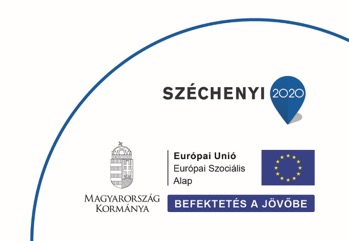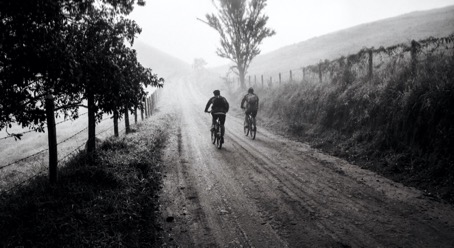Hungary is on the podium in Europe on bicycles
Contrary to popular belief, Hungarian bicycle use is outstandingly high compared to other European Union member states: the modal distribution of cycling in Hungary is 19%. This means that almost one in five adults of a certain age group chooses (prefers) a bicycle over all other means of transport during transport.
25% of residents use bicycles on a daily basis, the last one on the list in terms of car use (24%) and the first in terms of the proportion of daily public transport (28%).
City dwellers, on the other hand, are less bike-friendly
However, the relatively high popularity of cycling is generated by short-term bicycle users in small settlements (intra-municipal use). While the Hungarian population in general is extremely bicycle-friendly, the same cannot be said for the population of our big cities: in Budapest their share is low, only 2%, while in the two major cycling capitals of Europe (Amsterdam and Copenhagen) this rate is 35%. The 2% rate is close to the values of other countries in the region (Bucharest, Warsaw, Prague: 1%; Bratislava: 2%; Sofia: 3%), but in Vienna this rate is already three times higher than in Hungary (6%).
Bicycle upgrades are just infrastructure improvements
During the current EU budget cycle, a large proportion of resources are spent on the development of cycling in Hungary, which mainly affects infrastructure: the construction, organization and quality improvement of cycle paths, the construction of bicycle stations and the establishment of tourist facilities. However, cycling is more than an alternative mode of transport or an attractive choice for active recreation, exploring new landscapes.

Community development is more important, but not much attention
The real significance and power of cycling stems from its communal nature – cyclists form a strong, inclusive community whose members go together beyond cycling. Involving and educating young people through cycling is an important element of community building.
Consequently, in order to strengthen cycling, in addition to mere infrastructure investments, it is also necessary to support communities and develop support services. While there are exemplary community initiatives in cycling in Hungary, the opposite trend can be observed in smaller settlements and less developed regions: the strength of former communities is declining, they are unable to retain young people.
How can cycling community development increase cycling and develop real urban communities?
The initiative “Let’s drive together!”, Registered by the Southern Great Plain Youth Association, develops an innovative package of services that can be called upon to create and actively operate small bicycle-based communities. The project seeks to address the problem of what measures and initiatives could be taken to support cycling community initiatives, how to increase the involvement of young people and make cycling communities in Central Europe suitable.
For more information on the initiative, visit the project page:


